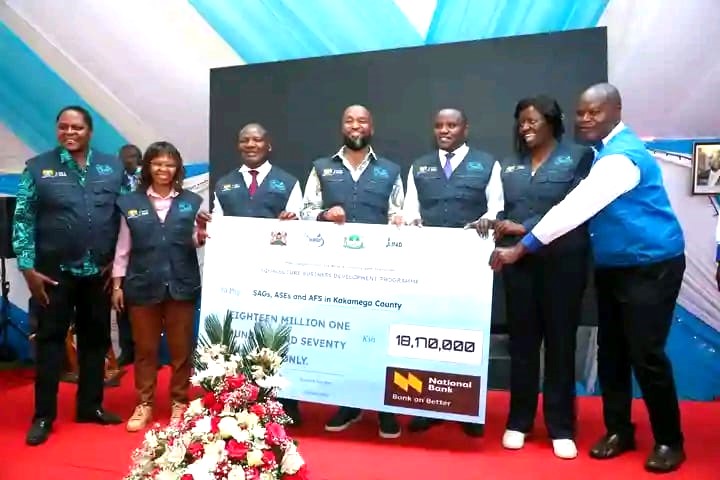By The Weekly Vision Reporter
With the 2027 presidential election now less than two years away, President William Ruto is methodically consolidating power while the opposition scrambles to find its footing after Raila Odinga’s death.
The Orange Democratic Movement (ODM), for two decades the beating heart of anti-establishment politics, stands at a historic crossroads. Some of its senior figures are drifting towards deeper cooperation with the government; others warn that such a move would erase the party’s very reason for being.
Speculation, once dismissed as fanciful, now circulates openly that President Ruto already wields considerable influence inside ODM, and a few analysts have even floated the idea that he might dissolve his own United Democratic Alliance and contest the next election under the ODM banner.
From the government side, the courtship is anything but subtle. Prime Cabinet Secretary Musalia Mudavadi insists Ruto is on course for re-election and dismisses talk of past electoral irregularities. National Assembly Speaker Moses Wetang’ula has gone further, repeatedly urging ODM lawmakers to build on the “new friendship” that emerged between Raila and Ruto in the former opposition leader’s final months.
In Western Kenya, Wetang’ula has warned that those who resist this rapprochement risk isolating themselves from the country’s political future.
Kenya’s electoral map can now be divided into three broad zones:
- Ruto’s strongholds, anchored in the Rift Valley and expanding into communities that feel recognised for the first time.
- Traditional opposition areas, where emotional loyalty lingers, but the glue that Raila provided is gone.
- Battleground counties, Nairobi, Bungoma, Trans Nzoia, Kajiado, the Coast, and an increasingly engaged North Eastern, whose votes will decide the presidency.
- Millions of new voters, predominantly young, are expected to join the roll before 2027. Cost of living, jobs, and fairness top their concerns. The side that speaks clearest to them will carry the day.
Across the opposition, would-be presidential candidates are circling: Rigathi Gachagua talks of unstoppable momentum, Kalonzo Musyoka refuses another running-mate role, Fred Matiang’i promises to back whoever emerges from a fair process, and Trans Nzoia Governor George Natembeya cautions against premature declarations.
All agree on one point: unity is non-negotiable. None has yet achieved it. Kenya is heading into one of its most fluid and unpredictable elections in decades. Loyalties are fragile, alliances untested, and the youth vote remains up for grabs. If the opposition can unite behind a single candidate and a compelling message, it still has a path to State House.
If it fractures or cosies up too closely to the incumbent, President Ruto will stroll to a second term. The next few months will tell whether the opposition renews itself or quietly fades into irrelevance.





